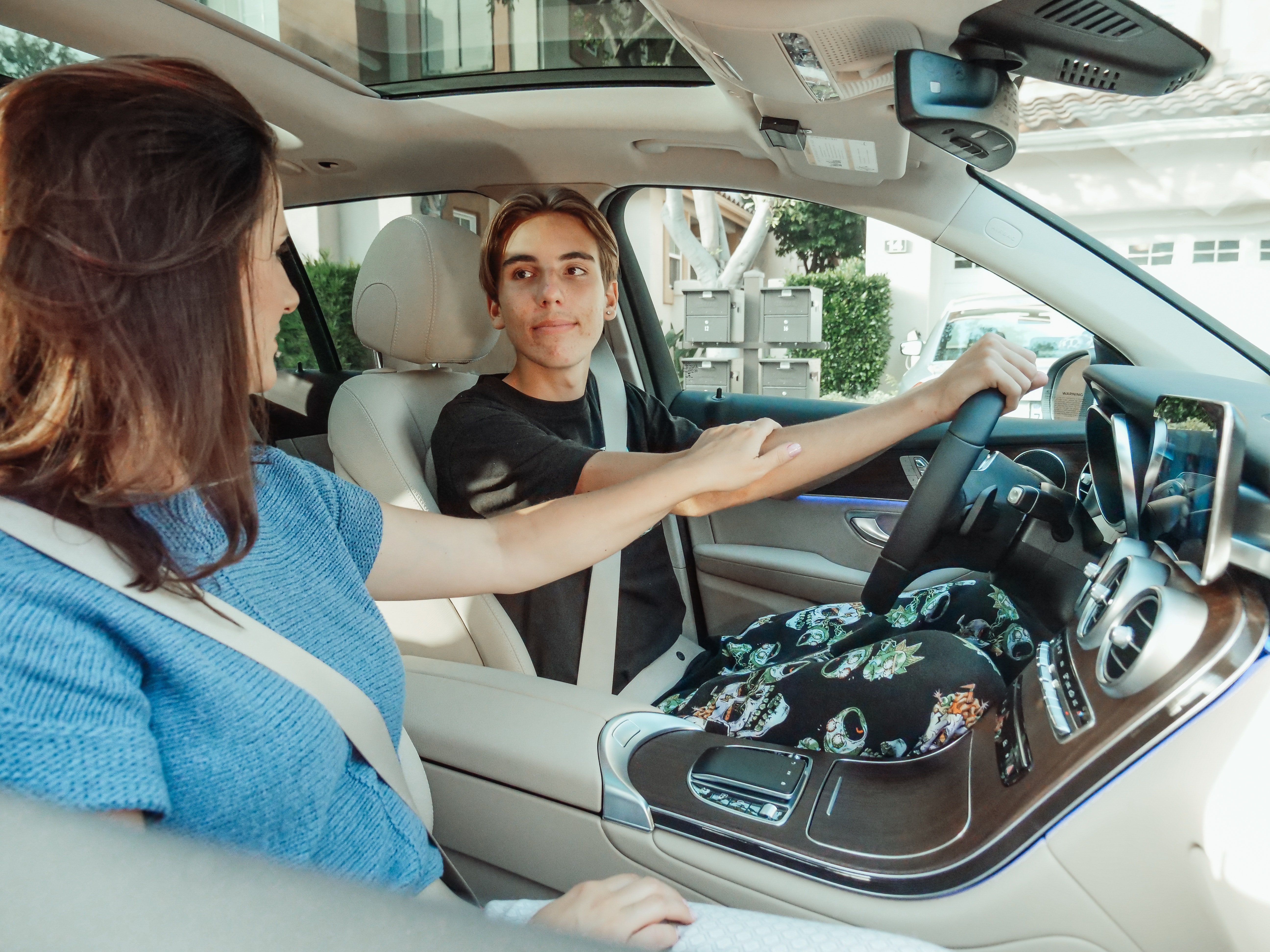
Going for your driving test can be an intimidating endeavour, but there are a few ways that you can prepare to make the process go smoother.
This is what you can expect from a driving test, what the most common mistakes are, and how to avoid them.
What to expect
The K53 Driver’s Practical Test will consist of the following phases:
· A vehicle inspection and questions from the instructor
· The yard test
· The road test
When the test begins, your examiner will ask for an inspection of the vehicle.
This involves doing a scan of the car’s exterior and interior to check for any signs that it isn’t roadworthy, such as deflated tyres or non-functioning lights and other equipment.
Once this is complete, the examiner will ask you to enter the vehicle and begin the yard test.
This requires performing several actions – a three-point turn, alley docking to both the left and right, parallel parking to both the left and right, as well as an incline start.
Upon completing these tasks, the examiner will join you in the car and the road test will begin.
The driving centre will have a prescribed route which includes the following:
· A multi-lane road
· An intersection with a yield sign
· An intersection with traffic lights
· An intersection with a four-way stop
· A quiet road where an emergency stop will take place
The examiner will make notes for the duration of the test and will score every fault that occurs, with some counting more than others.
You must also pass an eye examination before being granted your licence.

What to watch out for
The best way to prepare for your driving test is to learn which faults are the most commonly made, and which mistakes cost more than others.
On both the yard and road tests, for example, allowing the car to roll back while on an incline will result in an immediate failure.
Other serious offenses include mounting the curb, as well as traffic violations like speeding, going through a red light, or crossing a solid line.
The most common errors that people make during their driving tests, according to the AA, are:
· Stalling
· Collisions
· Not indicating
· Riding the clutch
· A lack of observations at junctions
· Setting off without performing observations
· Uncontrolled steering and veering out of lane

How to improve
Learning from these common mistakes could go a long way in helping to pass a driver’s licence test.
An observation requires checking your side mirrors, blind spots, and rear-view mirror.
While it’s possible to check most of these with just your eyes, moving your head is recommended that it’s more obvious to the examiner that you are doing your checks.
For steering, the driver’s hands should be at 10 and 2 o’clock positions on the steering wheel, and never cross arms while turning.
Instead, shuffle the wheel by pulling with one hand while pushing with the other, before sliding them both back to their original positions.
To prevent stalling, it is recommended to practice beforehand with the vehicle you will take to the test to get a good feel for the clutch so you know how much to let out when pulling away.
Not letting the clutch out enough will result in a stall, as will letting out too much – known as ‘dumping’ the clutch; instead, slowly let it out while also gently pushing down on the accelerator.
Relatedly, many drivers lose points for riding the clutch, which is when a person leaves their foot on the clutch pedal when not changing gears.
This is marked down because riding the clutch can cause damage to the transmission over time, as a partially-depressed pedal will slightly engage the clutch while the car is in motion.
Most collisions then occur in the yard phase when a driver makes contact with the demarcations while performing one of the required actions.
For the alley docking and parallel parking exercises, it can be helpful to identify markers that indicate when to begin turning, such as the second or third pole that comes into the rearview, as this will result in more consistent attempts.
The single most important thing that can be done to prepare for a driving test, however, is to practice.
Ask a driving instructor to take you on the route that the driving centre will use during the exam, and practice the areas you struggle in, especially things that can result in a failure like rolling on a hill.
Photos by Pexels
Article featured in TopAuto
Link to original article:
https://topauto.co.za/features/49761/tips-for-passing-your-drivers-test/?utm_source=everlytic&utm_medium=newsletter&utm_campaign=businesstech